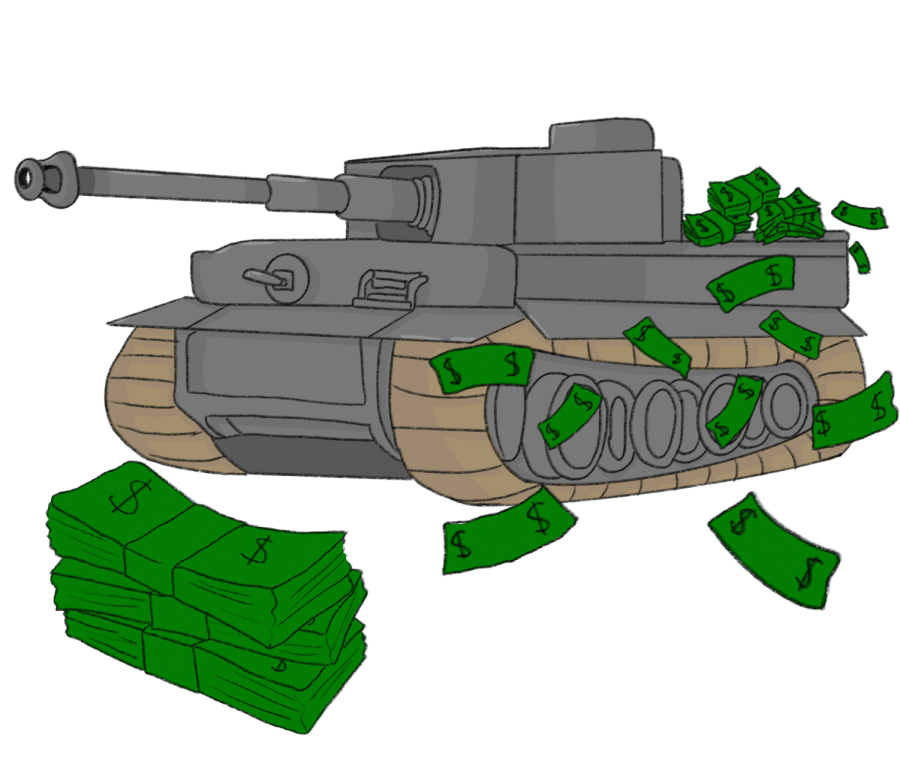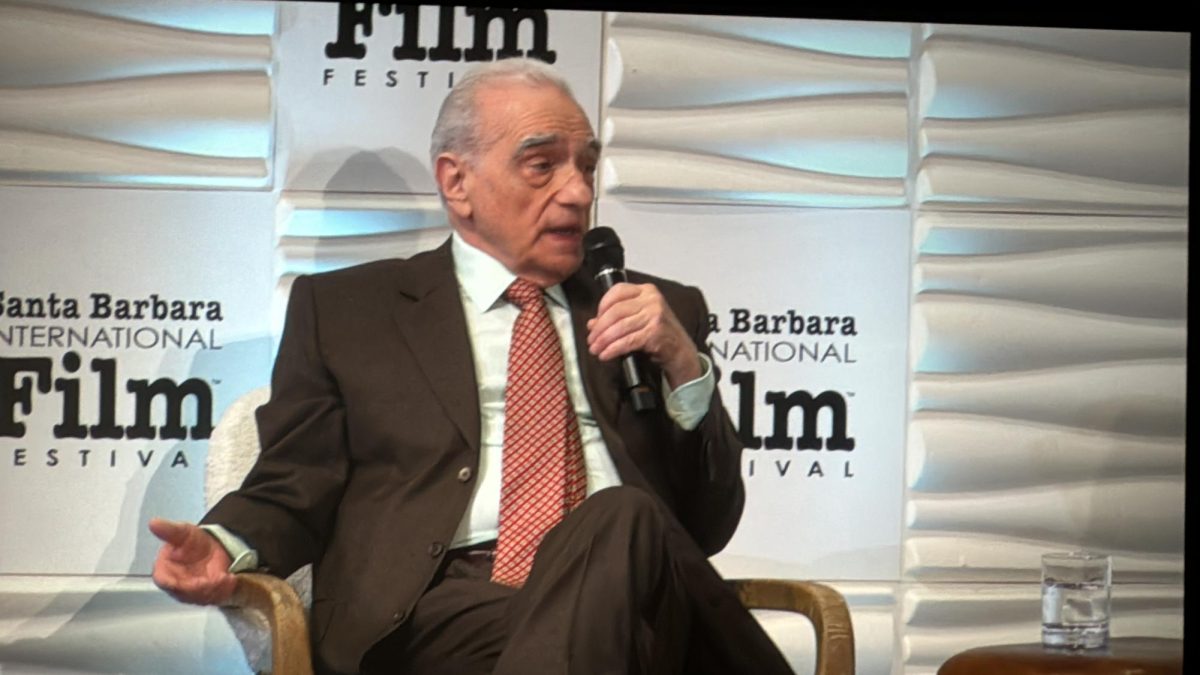$pending $pree
Wars cost money, and the United States is footing the bill.
May 9, 2022
It is no secret that wars are both destructive and incredibly expensive. The U.S. military is one of the world’s largest fighting forces, with troops stationed around the globe and an annual budget of hundreds of billions of dollars.
With so much money at stake, almost any taxpayer would wonder how exactly all that money is being spent and why the United States manages to fail trying to take care of those who have served.
Historically, the United States has been involved in a significant number of armed conflicts.
Before the 20th Century, the amount of death and destruction the United States witnessed was microscopic compared to both of the World Wars, Vietnam and the War on Terror.
The United States government is notorious for racking up astronomical debt through government spending. According to the U.S. National Debt Clock, the federal debt is currently standing in excess of $30 trillion.
One massive staple of federal government spending is the annual military budget.
“I think the government spends too much on the military,” sophomore James Shiach said.
One explanation for this massive budget is the cost of the equipment the U.S. military utilizes, such as the M1 Abrams Main Battle Tank or M-1.
According to a report by the Subcommittee on International Trade, Finance, and Security Economics, the latest reported cost to produce an M-1 tank is about $2.5 million per tank. This value adjusted for inflation equates to over $7.7 million today.
War’s damages are not just bound to the physical world; according to the U.S. Department of Veterans Affairs, “About 11-20 out of every 100 Veterans who served in Operation Iraqi Freedom or Operation Enduring Freedom, have PTSD in a given year.”
Veterans qualify to receive coverage from the Veterans Affair Office (VA), after they finish their service. According to the VA’s website, “If you qualify for VA health care, you’ll receive coverage for the services you need to help you get—and stay— healthy.”
The only problem with this is that the services provided by the VA have become difficult, if not impossible for veterans to access.
According to a report by Rolling Stones magazine, “At least 40 veterans had died waiting for care at VA facilities in the Phoenix area.”
Another problem that continues to plague the VA is the lack of an effective program to get veterans re-integrated back into society.
Groundskeeper Dave Childers, who was drafted to serve in Vietnam, explained that, “[a reintegration program] didn’t really exist… they basically told you that you were free to go do what you want to do… good luck.”
It would be logical to assume that the VA fails to take care of veterans simply because they don’t have the necessary resources.
It has become incredibly frustrating to both the government and reform activists that the VA fails to care for veterans even though its annual budget reaches hundreds of billions of dollars.
The United States likely will continue to be a major military power for the foreseeable future. However, it is incredibly embarrassing that the country that is seen as a pillar of hope, freedom, and equality by many across the globe continues to fail the men and women who put their lives on the line to defend America’s values.
If the United States fails to get its spending straightened out and fails to provide veterans with the care they deserve, there will be no positive incentive for people to join the army.


















